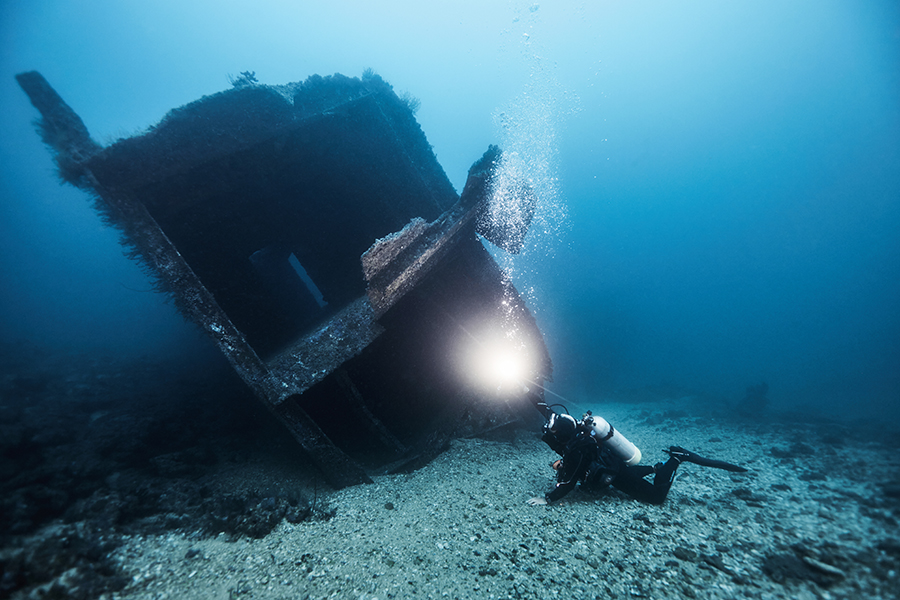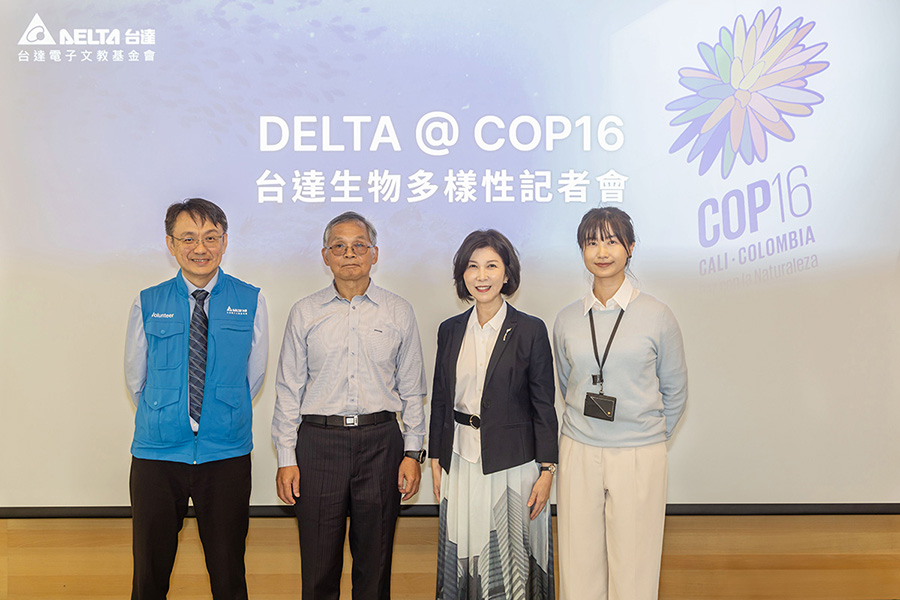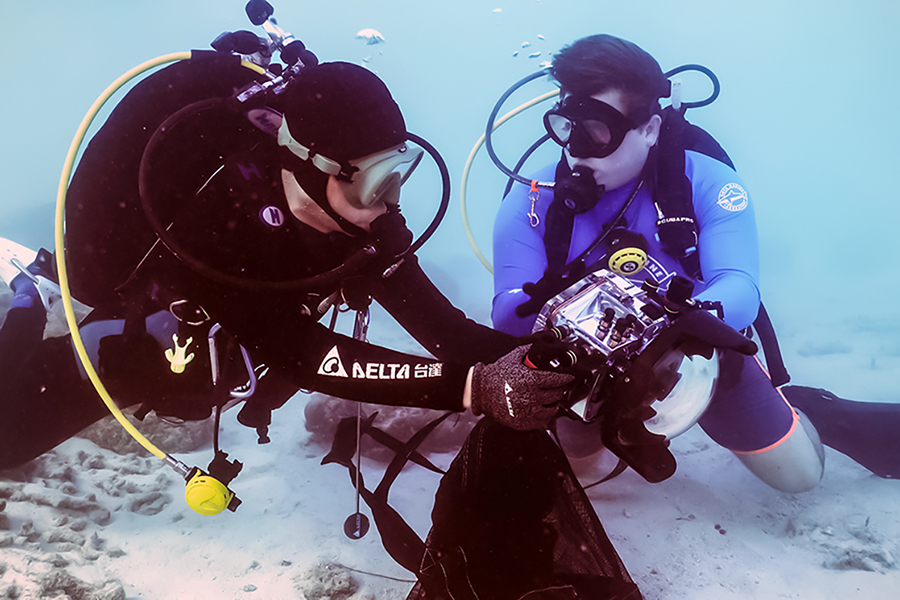At the end of March, The National Development Council in Taiwan proposed a 2050 net-zero emissions pathway and the short, medium, and long-term goals for the building sector, such as "level 1 of Energy Efficiency in Buildings" and "near-zero carbon buildings". People may be unfamiliar with these terms when they first hear them. Afterall, do buildings have energy efficiency labels like home appliances? Indeed, the Ministry of The Interior released the "2022 Edition of Green Building Evaluation Manual - Building Energy-Efficiency Rating System" earlier this year, and this article will introduce the manual's contents to all.
There are 7 levels of energy savings, and people can use the evaluation with their electricity bills.
The Building Energy-Efficiency Rating System (BERS), commonly known as the "Building Energy Passport" (Energy Performance Certificate), which is a Taiwanese version of the BERS developed by the Ministry of the Interior in response to the net-zero building target of the 2050 Net-Zero Path. Additionally, it incorporates the building energy-efficiency labeling system of the European Union Building Energy-Efficiency Directive (EPBD).

Taiwan's building energy-efficiency evaluation system is officially released (Source: Ministry of the Interior)
Why do we need to label building energy efficiency? In fact, the existing building envelope regulations can only manage about 10% of the building energy consumption, and the EEWH can further regulate up to 70%; therefore, the building energy efficiency evaluation that includes new buildings and existing buildings can raise the capacity of building energy regulations to around 90~100% in one attempt. This system is internationally recognized as the most accurate and effective building energy management tool that not only makes people aware of the improvement, but also drives the energy-saving retrofitting of buildings.
Some people wonder what the difference is between this new system and the EEWH. First of all, it does not use the calculation method to complete the evaluation (calculating the performance of various equipment such as the building envelope, air conditioning, lighting, etc. to make an evaluation), but directly conducts it with energy bills, which means that the subsequent operation and personnel's usage behavior are also included, avoiding concerns for example when "design is very environmentally friendly, but after the completion of the green building it doesn’t see energy-saving" that often occurred in the past.
Moreover, since more than 90% of the buildings in Taiwan are preexisting ones, this large quantity of old houses has been a neglected area that is difficult to be bound by the current energy-saving regulations. Thus, in order to achieve the daunting goal of 2050 net-zero emissions, all old and new buildings must be promoted to save energy together. In view of this, shop owners or homeowners can assess the energy-efficiency level of their buildings by providing their electricity bills in the future to further improve the efficiency of their energy use.
As for the comparison standard, Taiwan's building energy efficiency labeling classification set 2000 as the base year, and is divided into 7 levels, the lower the level is, the higher the energy efficiency level will be. Same as the common home appliance energy label. For example, level 4 or above is a green building that saves more than 20% of its energy, which is equivalent to an evaluation score of more than 50 points. The most impressive part is that it established the highest level of "Near Zero Carbon Buildings" (NZCB), defined as non-residential buildings with a carbon reduction rate of 40% or more and an energy saving rate of over 50%, which is mainly for environmentally friendly buildings that consume almost no energy and emit no carbon.
Applicable to 12 types of non-residential, energy use intensity (EUI) evaluation for mixed buildings
The evaluation scope is divided into: new buildings and existing buildings. Since new buildings aren’t in operation yet and do not have electricity bills, so only three types of equipment such as air conditioning, lighting and electrical appliances are evaluated. Machine rooms, restaurants, parking lots, etc. are listed as "non evaluation zones" and the area of the exterior is not counted. Existing buildings are evaluated directly on the basis of electricity bills.
The Taiwanese version of BERS is currently only applicable to "non-residential" buildings and 12 types of buildings below 800 meters above sea level: assembly and performance, entertainment venues, shopping malls and department stores, restaurants, hotels, fitness and leisure centers, cultural and educational facilities, medical care, financial security companies, offices, dormitories, and accommodations. As for general housing, the corresponding energy evaluation system is not available at the moment. Some people may ask, "Even if there is a distinction between different types of buildings in the evaluation, but a building often has a mix of commercial, office, hotel, restaurant, and social spaces, which type of building should be used as the benchmark for electricity consumption? In this regard, BERS will adopt the "EUI evaluation" to improve the accuracy of energy-consuming prediction for hybrid buildings by dividing the building into different energy-consuming zones according to the building's air conditioning operation mode and indoor heat generation level.
Furthermore, because there is often a significant difference in the energy performance of buildings in urban and rural areas, the BERS evaluation system also corrects for urban-rural differences. Taiwan BERS combines the EEWH system with the latest version of this year's Green Building Evaluation Manual, which has added the category of "Existing Buildings" (EEWH-EB). It is applicable to air-conditioned non-residential public buildings. As long as there are four consecutive years (or at least 24 months) of electricity consumption data, it is qualified to apply. In addition, it has also added "convenience stores" this year, so when you see a convenience store with a green building sign on the door in the future, don't be surprised to go in and notice the energy-saving improvements the store has made.

Buildings are a major source of energy consumption and carbon emissions, with great potential for energy saving

















